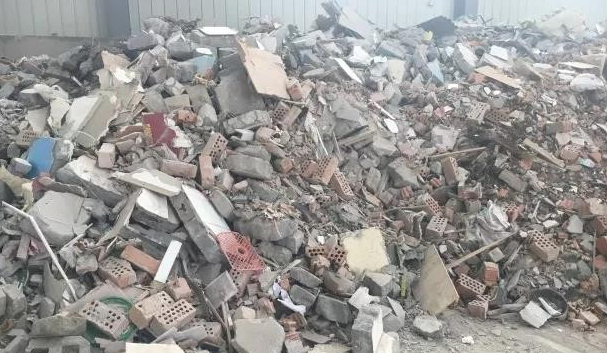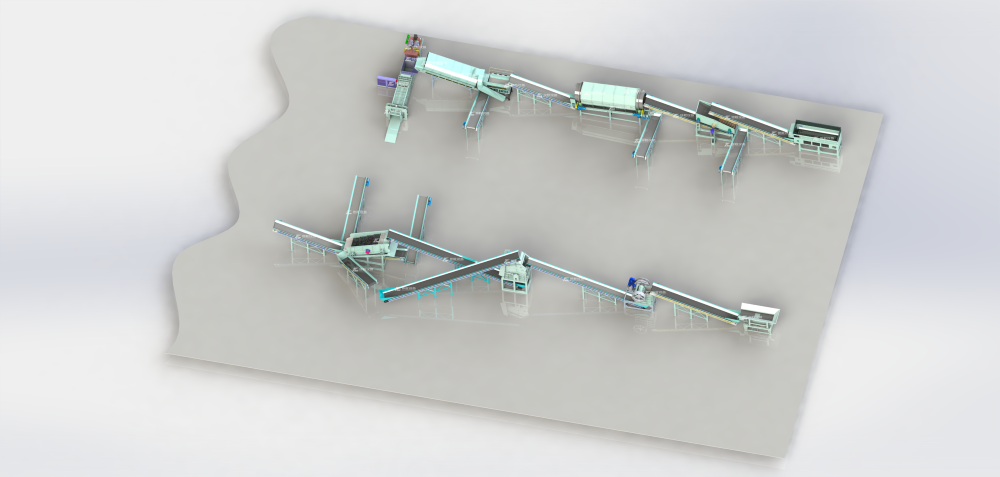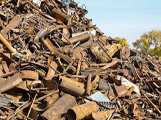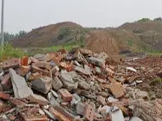Processing and sorting of construction and demolition waste
Introduction
Construction and demolition (C&D) waste is a significant byproduct of construction activities. Managing this waste effectively
is crucial for environmental sustainability and economic efficiency. Let's dive into the processing and sorting of C&D waste and
understand why it's so important.

Types of Construction and Demolition Waste
C&D waste encompasses a variety of materials. Common components include concrete, wood, metals, bricks, glass, and plastics.
Additionally, there are often hazardous materials like asbestos, lead, and other chemicals that require careful handling.
![`)]_$FWGXHDX{E_@W]O7K61.png](/uploads/allimg/20240618/1-24061Q42341I7.png)
Benefits of Proper Waste Processing
Environmental Benefits
Proper processing of C&D waste helps in reducing landfill usage. It promotes recycling, which conserves natural resources and
reduces pollution. Moreover, recycling materials like metal and concrete cuts down on the need for new raw materials.
Economic Advantages
Recycling C&D waste can be economically beneficial. Recycled materials can be sold, generating revenue. Additionally,
companies save on disposal costs by minimizing the amount of waste sent to landfills.
Compliance with Regulations
Many regions have strict regulations regarding waste management. Proper processing ensures compliance, helping companies
avoid fines and legal issues.
![O{TH1O]]C$PAXIS%~C3%5Q4.png](/uploads/allimg/20240618/1-24061Q42R03Y.png)
Stages of Waste Processing
Collection and Transportation
The first step involves collecting C&D waste from construction sites and transporting it to processing facilities. Proper
transportation methods are crucial to prevent spillage and environmental contamination.
Initial Sorting
Upon arrival at the facility, the waste undergoes initial sorting. Large materials like concrete and wood are separated manually
or with heavy machinery, setting the stage for more detailed sorting.
Mechanical Screening
Mechanical screening uses vibrating screens to segregate smaller particles. This process effectively separates materials like
sand, gravel, and small debris, enhancing the precision of waste segregation.
Magnetic Separation
Magnetic separation is used to remove metal contaminants. Powerful magnets attract ferrous metals, ensuring the purity of
other recyclable materials.
Windsifter
Windsifter is a kind of separation method with air as the sorting medium. It’s function is to separate the light material from
the heavier material.

Technologies in Waste Processing
Advanced Sorting Technologies
Technological advancements have significantly improved waste sorting. Automated systems and machinery enhance the
efficiency and accuracy of sorting processes.
Challenges in Processing C&D Waste
Contamination Issues
Contamination is a major challenge. Mixed waste streams often contain hazardous substances that require careful handling to
prevent environmental harm.
Technological Limitations
Despite advancements, technological limitations persist. Some materials are still difficult to separate mechanically, necessitating
continuous innovation.
Cost Considerations
Advanced technologies can be expensive. Companies must balance initial investments with long-term benefits, often requiring
government incentives to mitigate costs.
Future Trends in C&D Waste Processing
Innovations in Technology
Future technological advancements promise to enhance waste processing further. Innovations like AI and robotics will continue
to improve sorting accuracy and efficiency.
Global Implementation and Collaboration
Global collaboration is key to improving waste management systems. Sharing best practices and technologies can help countries
enhance their C&D waste processing, leading to significant environmental benefits.
![1_MABS}(M1)KN@0{2PIV1]M.png](/uploads/allimg/20240618/1-24061Q44P4311.png)
Conclusion
Effective processing and sorting of construction and demolition waste are essential for sustainability. Proper waste management
reduces environmental impact, provides economic benefits, and ensures regulatory compliance. As technology advances, the
future of C&D waste processing looks promising, paving the way for more sustainable construction practices.
FAQs
What is construction and demolition waste?
Construction and demolition waste includes materials like concrete, wood, metals, bricks, glass, and plastics generated from
construction and demolition activities.
Why is it important to sort C&D waste?
Sorting C&D waste is crucial to recycle valu

![ETI0TP$`8WD]W)D2V(6BYX1.png](https://www.zchmachinery.com/uploads/allimg/20240618/1-24061Q45141554.png)

![K8HT{9]MU3VNG8LY6MK161C.png](https://www.zchmachinery.com/uploads/allimg/20240618/1-24061Q45244956.png)
-
 Trommel screenTrommel screen, also known as drum screens, are widely used in various industries for sorting and separating materials.Get Quote
Trommel screenTrommel screen, also known as drum screens, are widely used in various industries for sorting and separating materials.Get Quote -
 Crop straw double shaft shreddApplications:Biomass Energy Production: Shredded straw can be used as a feedstock for bioenergy plants to produce electricity or heat.Livestock Feed: Reduced-si...Get Quote
Crop straw double shaft shreddApplications:Biomass Energy Production: Shredded straw can be used as a feedstock for bioenergy plants to produce electricity or heat.Livestock Feed: Reduced-si...Get Quote -
 Zhongcheng Air Drum SeparatorAir drum separators effectively separate lightweight materials (e.g., plastics, paper) from heavier materials (e.g., metals, glass). This high efficiency is cru...Get Quote
Zhongcheng Air Drum SeparatorAir drum separators effectively separate lightweight materials (e.g., plastics, paper) from heavier materials (e.g., metals, glass). This high efficiency is cru...Get Quote
-
2025-03-03Mini Copper Wire GranulatorThe copper wire granulator machine is a device specially used to process waste wires and cables. Its main function is to separate the copper and plastic in the ...
-
2024-05-18Jaw CrusherThe working principle of jaw crusher Although the jaw crusher has various structural types, its working principle is the same, that is, the material is crushed ...
-
2023-01-11Trommel screenTrommel screen, also known as drum screens, are widely used in various industries for sorting and separating materials.
-
2024-08-06Plastic double shaft shredderOperation:Feeding: The plastic material is fed into the shredder through the infeed system.Shredding: As the material enters the shredding chamber, the rotating...
-
2023-01-13Bag OpenerBag opener or bag opener system is a mechanical device used to automatically open and empty bags containing bulk materials. This system is commonly used in indu...



